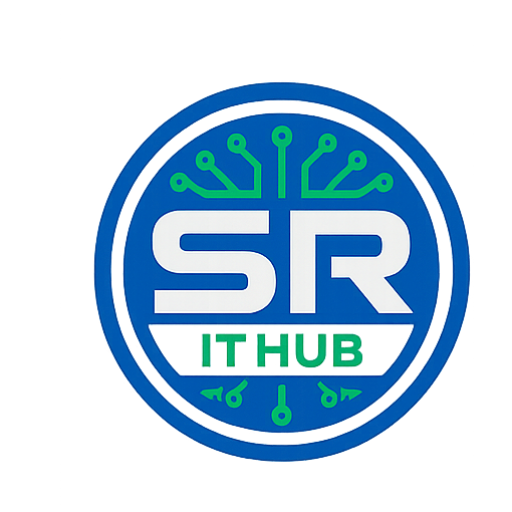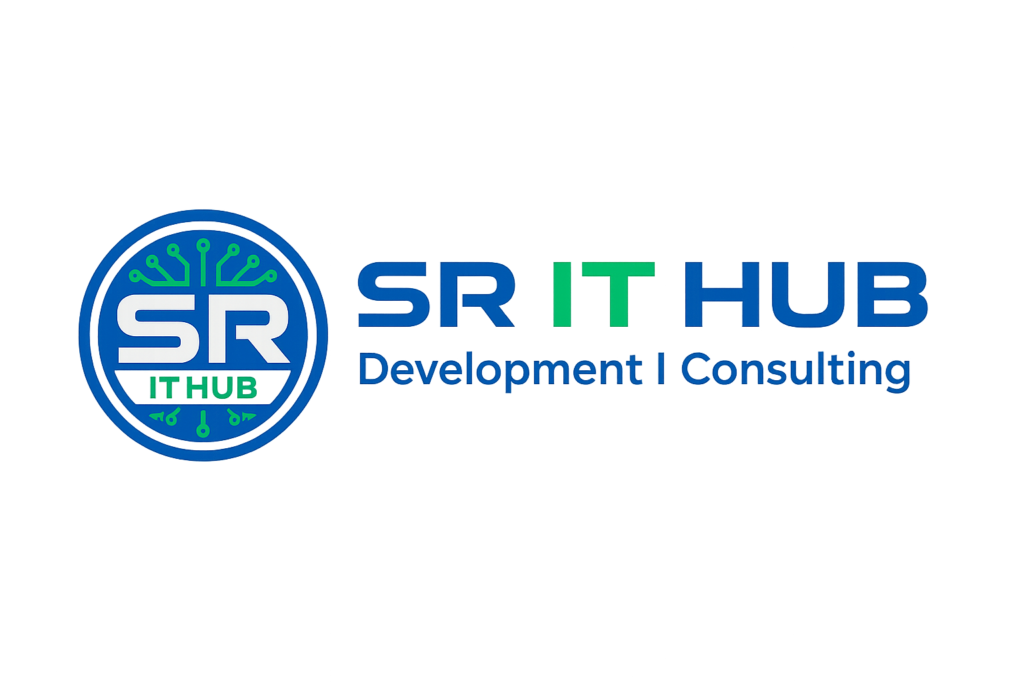ABSTRACT:
Water is an essential resource in day-to-day life. Pollution and urbanization have led to higher susceptibility of source water to contamination. There is a pressing need to develop a water quality monitoring system to preserve the quality of source water and ultimately safeguard human health. This paper proposes a low cost, wireless water quality monitoring system, wherein the quality of water stored in overhead tanks is continuously monitored. The quality of water is measured by parameters that are critical quality indicators. The data encompassing these parameters are stored in a Cloud database (in real-time) along with its timestamp. The quality of water is ascertained based on the comparison of the monitored data to standard well-established thresholds. The data, annotated with its timestamp is treated as a time-series. A univariate non-seasonal Auto Regressive Integrated Moving Average (ARIMA) model is employed to forecast individual water quality parameters. The results of forecasting is used to predict water quality deterioration. The model used is found to have mean square errors of 0.001 for pH, 0.076 for temperature and 0.001 for turbidity between the actual and forecasted values.
EXISTING SYSTEM :
Water used for commercial or domestic purposes is commonly stored in overhead tanks. The water being stored can become a breeding ground for various pathogens or harmful microorganisms. Contact with rainwater alters acidity, rendering this water unfit for consumption and other purposes. In the long run, harmful chemicals may be deposited on the walls of the tank. Exposure to open air can lead to contamination by particulate matter. Sedimentation of these particles can alter certain chemical properties of the water. Formation of rust resulting from improper maintenance of water collection pipes severely degrades the quality of water.
EXISTING DISADVANTAGES:
1.LESS ACCURACY
2.LOW EFFICIENCY
PROPOSED SYSTEM :
The flowcharts of the transmitter and receiver are shown in Figure 8 and Figure 9 respectively. The system is powered by either by solar or battery based on the instantaneous power requirements. In the case of less power flux density of solar, a control circuit switches between battery and solar. The major power source is solar and battery is utilized as a backup source in case of power fluctuations during the day. Since the user checks for quality on a daily basis, any failure in power to the transmitter can be noticed by the corrupt values in the database. the corrupted values arise due to instability of the microcontroller due to inadequate power supply. Figure 7 shows the block representation of the power source to the transmitter. Upon powering up the elements of the transmitter, the core waits for the sensors to stabilize. Upon achieving stability, the core processes the incoming data and applies AES encryption to secure the data. The encrypted data is sent to the RF module which transmits it wirelessly.
PROPOSED SYSTEM ADVANTAGES:
1.HIGH ACCURACY
2.HIGH EFFICIENCY
SYSTEM REQUIREMENTS
SOFTWARE REQUIREMENTS:
• Programming Language : Python
• Font End Technologies : TKInter/Web(HTML,CSS,JS)
• IDE : Jupyter/Spyder/VS Code
• Operating System : Windows 08/10
HARDWARE REQUIREMENTS:
Processor : Core I3
RAM Capacity : 2 GB
Hard Disk : 250 GB
Monitor : 15″ Color
Mouse : 2 or 3 Button Mouse
Key Board : Windows 08/10

